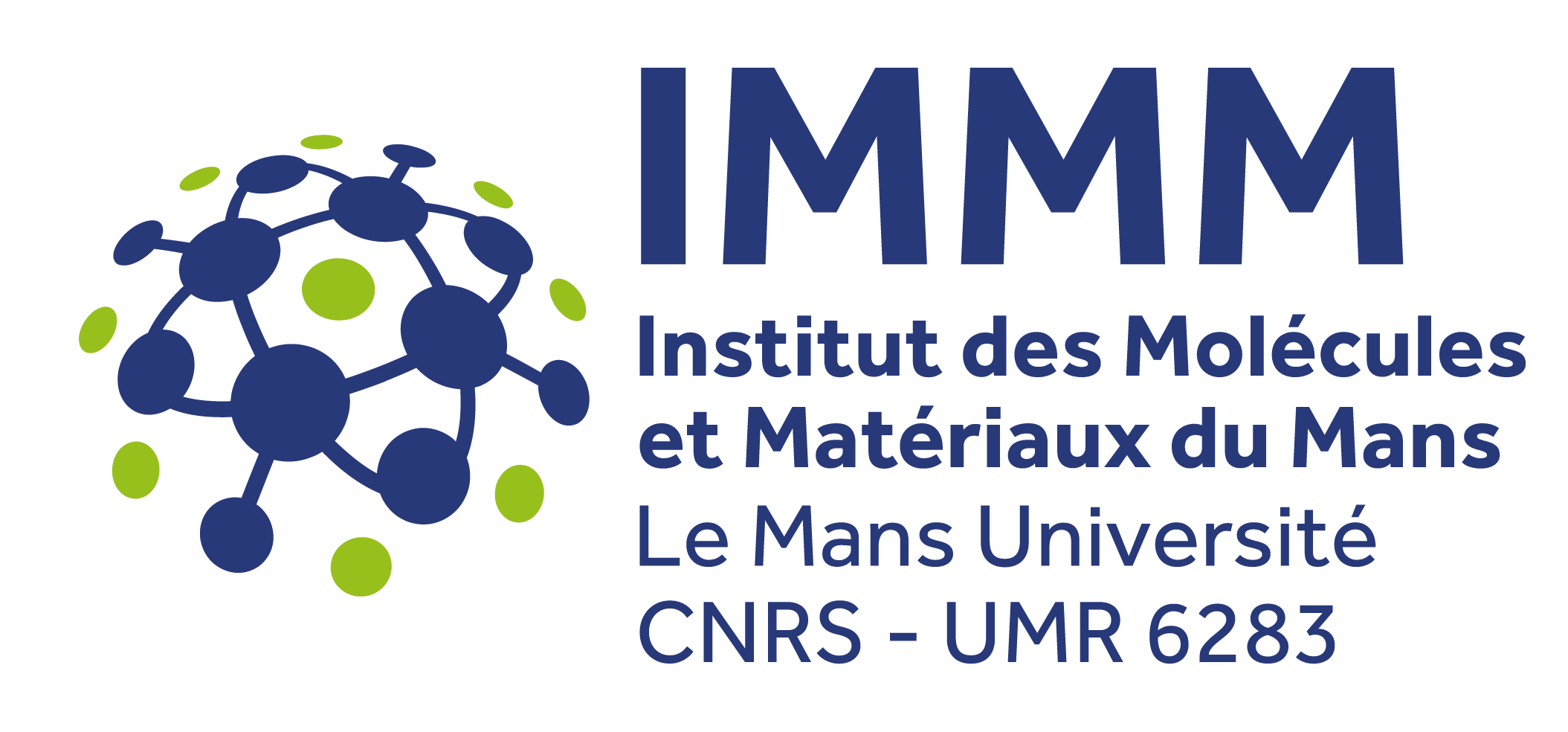Rare Earth free permanent magnets

Rare Earth Free Permanent Magnets
Researchers: Nirina Randrianantoandro, Rodaina Sayed Hassan, Florent Calvayrac, Nader Yaacoub
Collaboration: A. Bajorek (INPM – Roumania), D. Peddis (INSTM nM2-Lab, Universita degli Studi diGenova), R. Awad (Beirut Arab University, Department pf physics).
Permanent magnets (PMs) are fundamental components in a wide variety of applications. Current high-performance PMs owe their extraordinary properties to the presence of rare-earth (RE) elements, which allows reaching a maximum energy product (BH)max as high as 0.5 MJ/m3 at room temperature in Nd-Fe-B compounds. However, despite their very high performances, RE-PMs present important drawbacks, such as high costs, serious environmental impact, … . To avoid the strong environmental and economic impact of the RE industry, an intense research activity has been carried out to develop effective solutions that allow reducing the demand of RE elements, including the optimization of existing materials and magnets design, the development of new hard magnetic phases. Ferromagnetic τ-MnAl is a promising candidate among RE-free PMs currently being researched due to its intrinsic magnetic properties. Mn(Fe)AlC was synthesized and the effects of carbon on microstructure and magnetic properties were systematically investigated. It was found that high purity of τ-MnAl(C) could be obtained at 2 at.% C doping, showing clearly stabilizing effect of carbon. Mn54.2Al43.8C2 has the best magnetic properties: magnetization at 2T M2T = 414 kA.m-1, remanent magnetization Mr = 237 kA.m-1, coercivity HC = 229 k.Am-1, and |BH|max = 11.2 kJ.m-3. Moreover, first principle calculation showed both stabilizing effect and preferable interstitial positions of carbon in tetragonal τ-MnAl. Mn51-xFexAl47C2 alloys were also synthesized, showing the high purity of τ phase up to 2 at.% Fe doping. Adding of Fe on MnAl(C) reduced both magnetization and TC but likely increased slightly HC. The interaction between Fe and Mn examined by in-field 57Fe Mössbauer measurement at 10 K and 8 T showed a non-collinear magnetic structure between Fe and Mn with different canting angles at different sites. Hyperfine field of MnFeAl alloy calculated by Wien2k supported both magnetic properties and Mössbauer results. Among the different approaches proposed so far to maximize the (BH)max of RE-free PMs, a lot of attention has been paid towards nanostructured hybrid materials based on the coupling of a hard and a soft magnetic material. In this context, we are studying this phenomenon in ferrite-based nanocomposites consisting of a hard SrFe12O19 (SFO) (SFO has received large attention owing to its chemical stability, large availability, low production cost and good magnetic properties (saturation magnetization MS = 70–72 Am2 kg−1, coercivity HC = 400 kA m−1 and (BH)max close to 40 kJ. m−3)) or SFO doped phase exchange-coupled with a softer spinel ferrite with different architectures.
Related recent papers
- [1] Varvaro, P. Imperatori, S. Laureti, D. Peddis, F. Locardi, M. Ferretti, C. Cannas, M. Sanna Angotzi, N. Yaacoub, A. Capobianchi.
Facile and fast synthesis of highly ordered L10-FeNi nanoparticles
Scripta Materialia, 2024, 238, 115754.
- [2] T. Nguyen, F. Mazaleyrat, N. Randrianantoandro
Investigation of Mn-Fe magnetic interaction in mechanically alloyed Fe doped-MnAlC by 57Fe Mossbauer ¨ spectrometry
Mag. Mag. Mat., 2023, 568, 170437.
- [3] Maltoni, M. Baricic, G. Barucca, M C Spadaro, J. Arbiol, N. Yaacoub, D. Peddis and R. Mathieu.
Tunable particle-agglomeration and magnetic coupling in bi-magnetic nanocomposites.
Phys. Chem. Chem. Phys., 2023, 25, 27817.
- [4] Maltoni, G. Barucca, B. Rutkowski, M C. Spadaro, P E. Jönsson, G. Varvaro, N. Yaacoub, J A. De Toro, D. Peddis and R. Mathieu.
Unraveling Exchange Coupling in Ferrites Nano-Heterostructures.
Small, 2023, 2304152.
- [5] Muzzi, E. Lottini, N. Yaacoub, D. Peddis, G. Bertoni, C. de Julián Fernández, C. Sangregorio, and A. López-Ortega
Hardening of Cobalt Ferrite Nanoparticles by Local Crystal Strain Release: Implications for Rare Earth Free Magnets
ACS Appl. Nano Mater., 2022, 5, 14871.
- [6] Rifai, F. Fattouh, K. Habanjar, N. Yaacoub, R. Awad.
Exchange spring behaviour in BaFe12O19/CoFe2O4 magnetic nanocomposites.
Journal of Alloys and Compounds, 2021, 868 ,159072.
- [7] Fattouh, L. Rifai, K. Habanjar, A. M. Abdallah, R. Sayed Hassan, N. Yaacoub and R. Awad
Structural and magnetic properties of hard-soft BaFe12O19/(Zn0.5Co0.5)Fe2O4 ferrites
Phys.: Condens. Matter, 2021, 33 ,235803.
- [8] T. Nguyen, F. Mazaleyrat, F. Calvayrac, Quang Minh Ngo, N. Randrianantoandro
Investigation on magnetic properties of mechanically alloyed τ-MnAlC with Fe addition
Mag. Mag. Mat., 2021, 546, 168892.
- [9] Petrecca, B. Muzzi, S. Maria Oliveri, M. Albino, N. Yaacoub, D. Peddis, C. d. J. Fernandez, C. Innocenti and C. Sangregorio.
Optimizing the magnetic properties of hard and soft materials for producing exchange spring permanent magnets.
Phys. D: Appl. Phys., 2021, 54 ,134003.
- [10] T. Nguyen, F. Calvayrac, Anna Bajorek, N. Randrianantoandro
Mechanical alloying and theoretical of MnAl(c) magnets
Mag. Mag. Mat., 2018, 462, 96.
Projects:
PHC BRANCUSI 2019 – 2022.







